Introduce structured forms of poetry to your students with this set of 9 annotated poetry posters.
Types of Poetry Anchor Charts for Elementary School Classrooms
Are you teaching types of poetry to your students? If so, you’ve come to the right place! Teach Starter has created this set of anchor charts to help your students learn everything they need to know about the most common types of poetry. Each poster in this comprehensive resource provides:
- Description – A clear, child-friendly explanation of the poetic form.
- Example – An original example poem that showcases the structure and style.
- Annotations – Key poetic elements and devices are highlighted to help students understand what makes each type of poem unique.
This pack includes annotated anchor charts for the following forms of poetry:
- Acrostic
- Kennings
- Haiku
- Cinquain
- Ode
- Limerick
- Ballad
- Shape poetry
- Diamante
Using These Types of Poetry Anchor Charts in Your Classroom
Here are some suggestions as to hope you might use these types of poetry anchor charts in your lessons:
- Classroom Displays – Use the anchor charts as vibrant visual aids in your classroom. Display them in a poetry corner to inspire students to explore and write their own poems.
- Interactive Lessons – Incorporate the anchor charts into your lesson plans. Each poster can serve as a focal point for discussions about poetic forms, encouraging students to analyze the examples and identify poetic devices such as imagery, rhythm and rhyme.
- Poetry Writing Workshops – After exploring the different forms of poetry, invite students to write their own pieces. The anchor charts can serve as templates, guiding students in creating their poems while reinforcing their understanding of each form’s unique structure and style.
- Group Activities – Organize collaborative poetry activities where students can work in pairs or small groups. Assign each group a specific poetic form from the anchor charts, and challenge them to create and present their own examples to the class.
Download to Explore Types of Poetry
This set of anchor charts downloads as a quick-print, full-color PDF. Click on the Download button above to access this file.
We recommend enlarging these anchor charts for enhanced readability.
Explore Types of Poetry with Your Students
Looking for more resources to use when teaching the different types of poetry to your students? Teach Starter has you covered!
[resource:2659818] [resource:2659766] [resource:3189278]
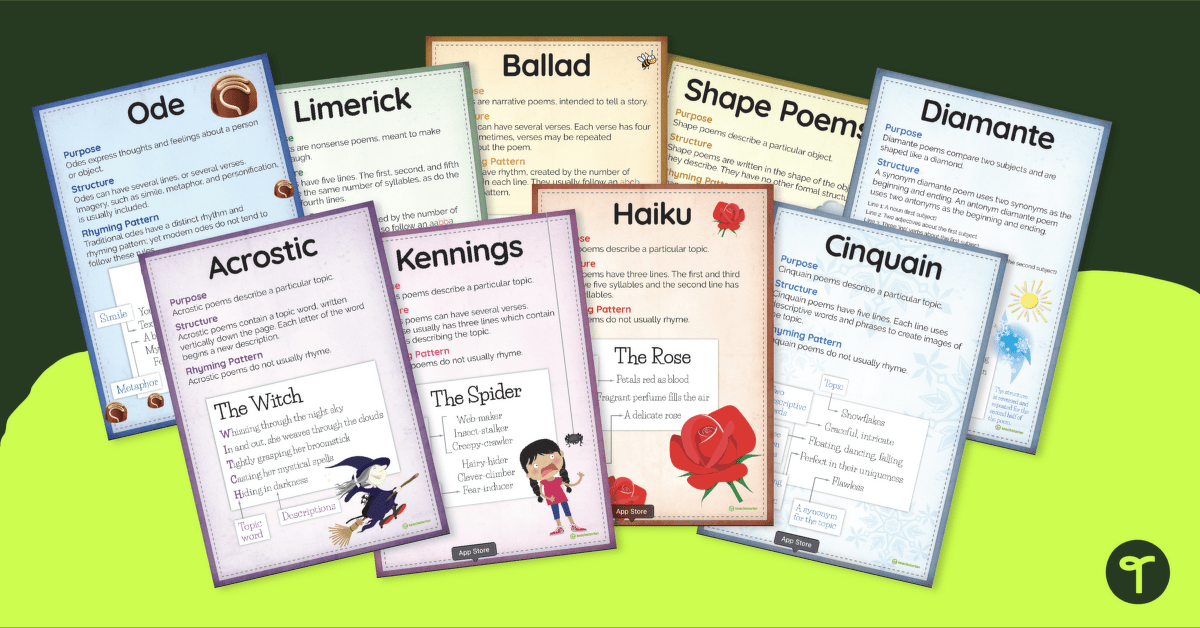

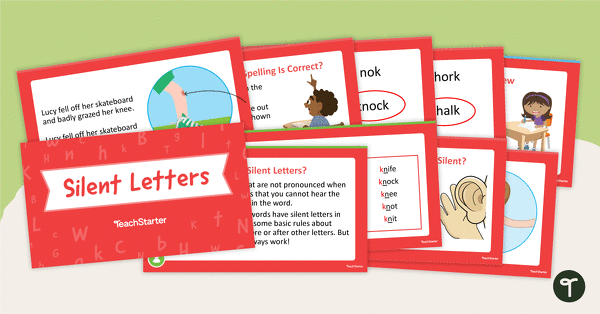
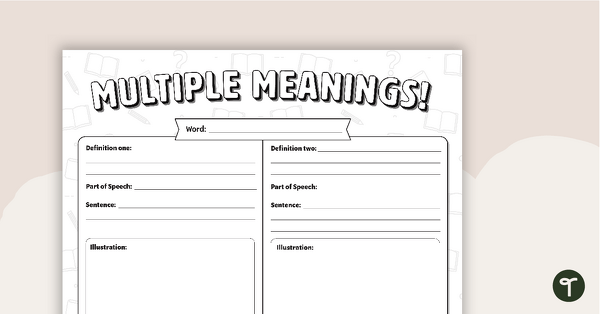
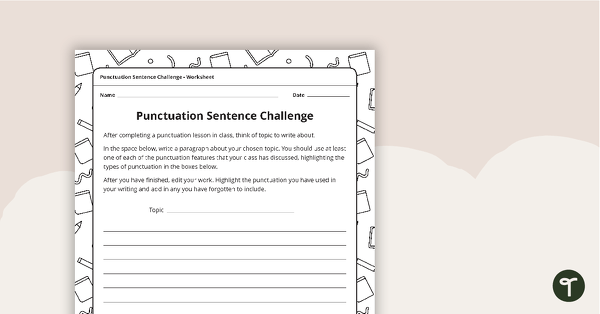
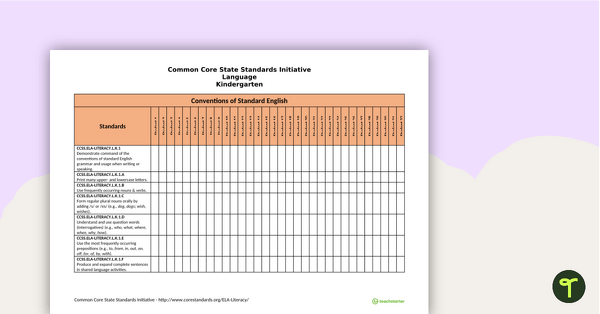
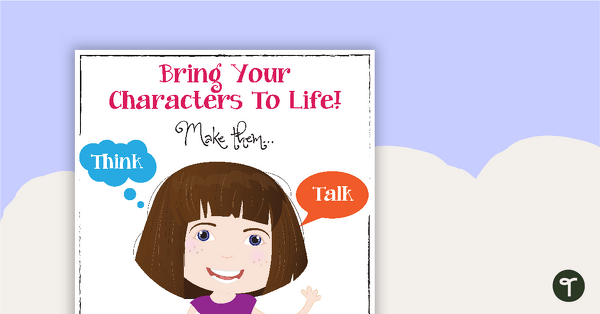
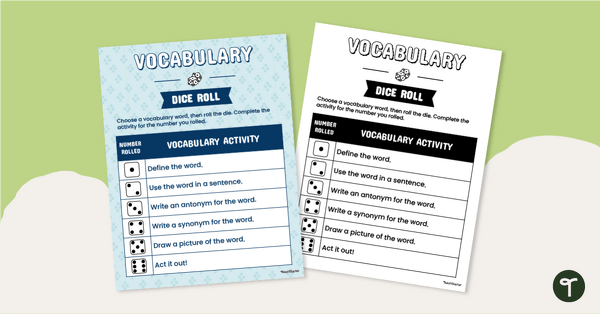
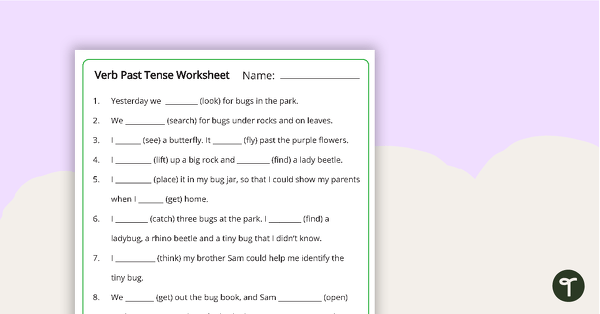
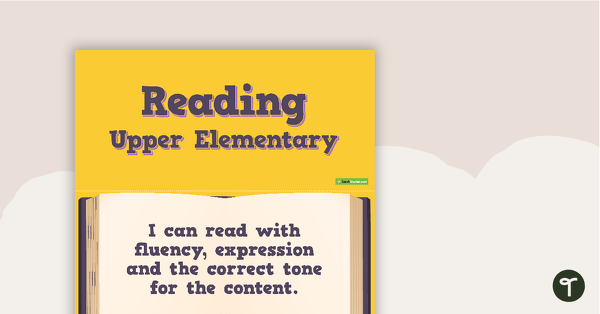
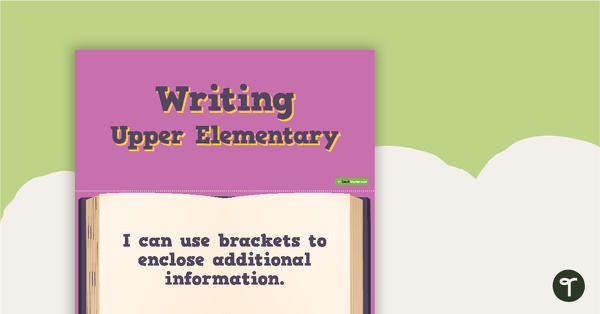
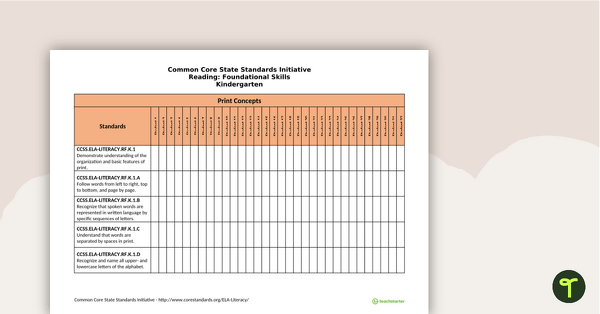
0 Comments
Write a review to help other teachers and parents like yourself. If you'd like to request a change to this resource, or report an error, select the corresponding tab above.